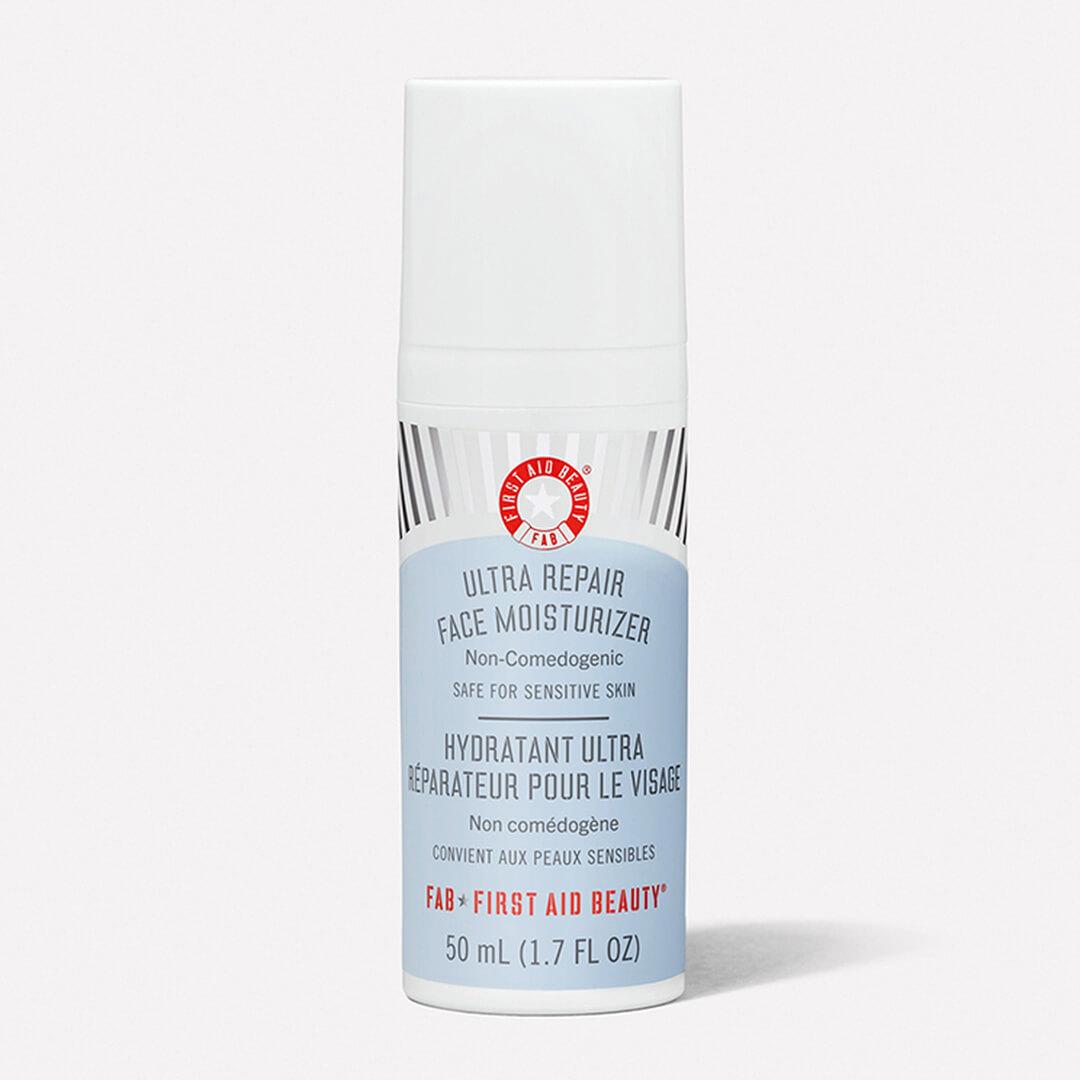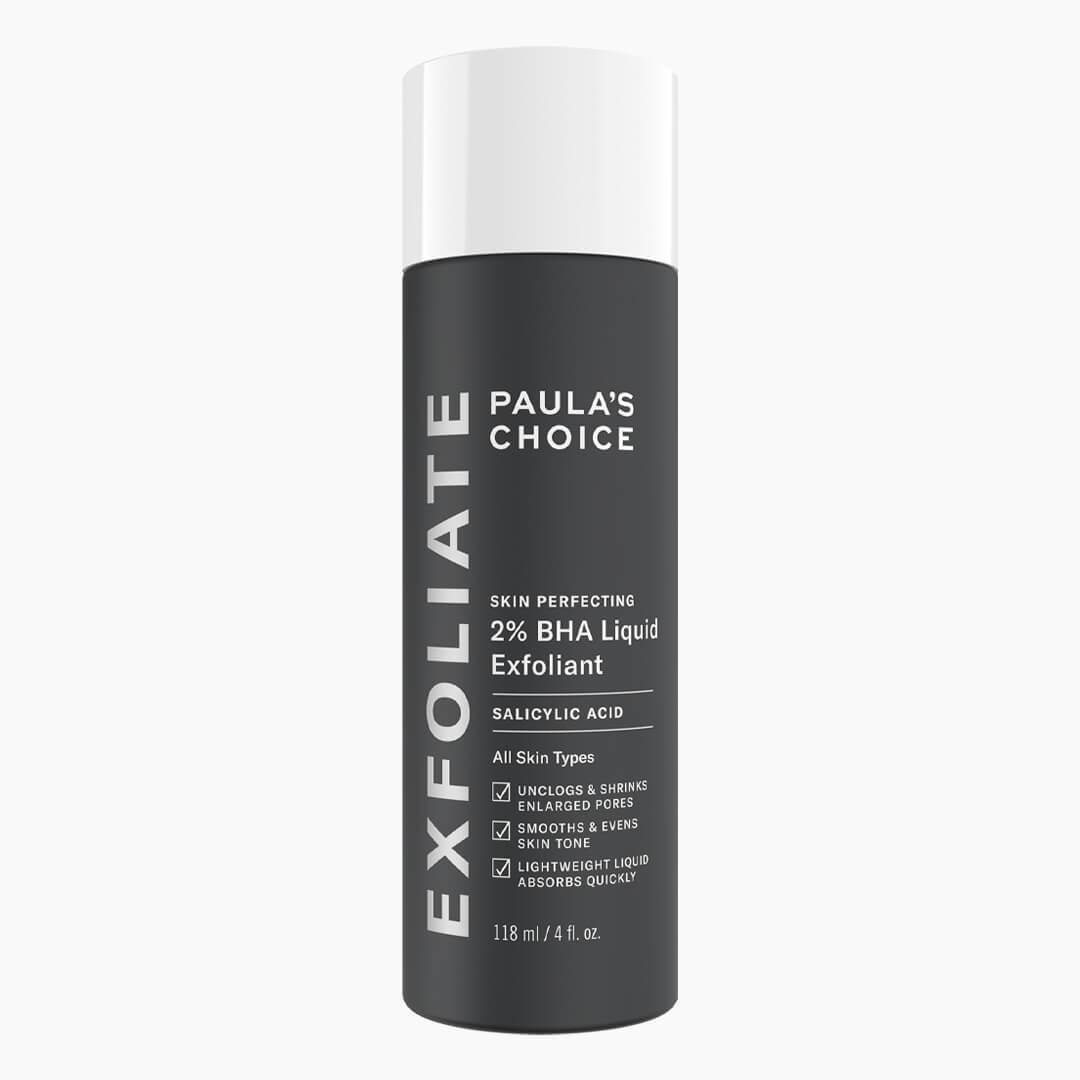Skincare Acids in Summer: Here’s How to Use Them



IPSY Editors


It’s no secret that incorporating acids into your skincare is a surefire way to achieve bright, glowy skin all year round. In fact, acids like glycolic acid, lactic acid, salicylic acid, and hyaluronic acid (the list goes on and on), can help target treat a wide array of skincare concerns. Dealing with hyperpigmentation? There’s an acid for that. Want to even out skin texture? There’s an acid for that too. Bummed about blackheads and blemishes? Yup, you get the idea. With summer right around the corner (woo!), you may be thinking about revamping your skincare routine for the summer months and swapping out your heavy duty winter hydrators for lighter, warm-weather-friendly products. Because acids can make your skin more sensitive to sun exposure, if you want to include acids in your summer skincare regimen, there are a few things you need to know. We talked to board-certified dermatologist, Anthony Rossi Jr., MD, for the scoop on how to use skincare acids safely this summer.


It's about glam time you treated yourself.
MEET THE EXPERT
Anthony Rossi Jr., MD, is a board-certified dermatologist and founder of DR. ROSSI DERM MD. He is recognized internationally as a leading expert on sensitive skin.
Are Acids Safe to Use on Skin in the Summertime?
In short, yes, they can be. But it all depends on the type of acid, how, and when you apply it. At the root of it all, acids are exfoliators that come in varying strengths and intensities. Some acids are gentler on skin, while others are stronger. Because of this, acids can cause increased photosensitivity, making your skin more prone to sun damage when it is exposed to the sun’s UV rays. “Photosensitization occurs when an agent is on the skin and can react with UV exposure to cause a photo-allergic or photo-toxic reaction. A common one that dermatologists see is the phytophotodermatitis from limes,” says Rossi. Ever had a dreaded margarita sunburn? Consider it something like that.
When it comes to using acids in the summer, the key is to protect your skin first and stick with gentle acids. “You can use low levels of acid as part of your skin care routine but it shouldn’t be making you constantly inflamed, red, or peeling. These would be signs of skin sensitivity, and inflammation as well as skin barrier compromise. It's most important to use sunscreen first and foremost to protect against UV exposure,” Rossi adds.
How Can I Add Acids Into My Summer Skincare Routines?
The important takeaway is to ensure that your skin is protected first and foremost. So slather that SPF on repeat. Next, consider the time of day that you’re applying your acids. Dermatologists recommend applying products that may increase photosensitivity at night before bed and pairing down use of more intense exfoliators to once a week.
As far as types of acids that are summer-skin friendly: “Lactic acid is a wonderful AHA. Lactic acid has a lower pKa (the number that shows how weak or strong an acid is), and thus a lower pH than glycolic acid at equivalent concentrations, which improves its exfoliating properties at lower concentrations compared to glycolic acid,” says Rossi. “Lactic acid is a more hydrating AHA than glycolic,” he adds.
Also, while using products that contain more than one type of acid may be fine, be cautious about layering more than one type of acid independently, which can increase redness, irritation, and photosensitivity. Try incorporating gentle cleansers and serums into your routine before graduating to more concentrated formulas. And be sure to follow up with moisturizers that help strengthen your skin’s barrier. Look for ingredients like ceramides, niacinamide, hyaluronic acid, and essential fatty acids.
What Are the Common Types of Skincare Acids?
There are two main groups of acids: alpha-hydroxy acids (AHAs) and beta hydroxy acids (BHAs). AHAs are made up of acids like glycolic, lactic, citric and malic acid. “They are naturally occurring in sugarcane, sour milk, and different types of fruits. The mechanism by which they act and cause epidermal resurfacing is through the destruction of corneocyte (a.k.a. skin cell) adhesion which results in skin shedding and peeling,” says Rossi. Rossi also adds that these are great for improving skin texture, hyperpigmentation and light peeling. The most popular BHA used in skincare is salicylic acid. “BHAs are more lipophilic acids (meaning they have an affinity for lipids) that have better penetration down into the follicular unit and sebaceous glands and are useful for acne prone skin,” Rossi tells us. Not sure which acids are right for your summer skincare routine? Here’s a quick breakdown of the most popular ones.
Common AHA Acids:
Glycolic Acid
Glycolic acid is the most commonly used AHA in skincare. Derived from sugar cane, this acid is the smallest AHA, which allows it to easily penetrate skin and improve skin texture and tone. Because of its ability to dive so deep, it tends to be more irritating than other AHAs so be sure to follow up with SPF and a barrer strengthening moisturizer like FIRST AID BEAUTY Ultra Repair Face Moisturizer (it’s loaded up with good-for-skin ceramides, avocado oil, and shea butter).


Lactic Acid
Lactic acid tends to be gentler on skin than glycolic, causing less redness and irritation. Also derived from sugar, lactic acid has the ability to draw out moisture, adding more hydration to skin with less drying side effects. Try DR. ROSSI DERM MD The Solution. It’s a lactic acid packed essence that gently improves hyperpigmentation and evens skin tone and texture.


Malic and Citric Acid
Malic acid (derived from apples), and citric acid (derived from fruits), are larger AHAs that work best at exfoliating the top layer of skin in a super gentle way. Both help promote cell turnover to promote a bright, even-toned complexion and improve the appearance of fine lines and wrinkles. You’ll find malic acid in JUICE BEAUTY Green Apple Brightening Gel Cleanser.


Common BHA Acids:
Salicylic Acid
Salicylic acid is the most popular BHA and for good reason. Its ability to penetrate deep into pores, while dissolving dirt, buildup, and bacteria is what makes it a go-to for acne-prone skin. Try PAULA’S CHOICE Skin Perfecting 2% BHA Liquid Exfoliant. It’s formulated with a cocktail of salicylic acid and green tea to help clear clogged pores for a clean, blemish-free complexion.


Want more summer skin tips from the pros? Take our Beauty Quiz now to get started. Already an Ipster? Refer your friends to earn points, which you can use toward products. Either way, don’t forget to check us out on Instagram and Twitter @IPSY.
Like this article? Share it with your friends by clicking the icons below!
Liked this post? Share!
Related Stories


Skin
How to Adjust Your Skincare Routine for Mature Skin in the Winter
Published on Dec 4, 2025 • 7 min read


Skin
Meet the Best Moisturizers for Winter, According to Dermatologists
Published on Dec 1, 2025 • 9 min read


Skin
What Is Inflammaging—and Why Everyone’s Talking About It
Published on Dec 1, 2025 • 8 min read


Skin
6 Skincare Trends to Have on Your Radar in 2026, According to Experts
Published on Dec 1, 2025 • 7 min read


Skin
We Grabbed Our Crystal Ball and Found These 6 Skincare Predictions for 2025
Published on Dec 10, 2024 • 7 min read


Skin
Simple Self-Care Tips That Actually Make a Difference
Published on Nov 13, 2025 • 12 min read


Skin
These 9 Face Scrubs Will Unlock Soft and Smooth Skin on Contact
Published on Nov 5, 2025 • 10 min read


Skin
10 Thanksgiving Foods That Will Have Your Skin Coming Back for Seconds
Published on Oct 15, 2025 • 7 min read


Beauty Picked Just for You
Get 5 products worth up to $70
Plus exclusive access to epic deals up to 80% off
Starting at just $14/month. Cancel anytime.